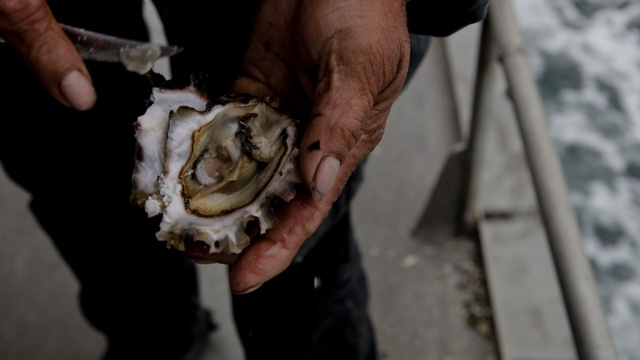Portland Press Herald, Dec 2nd, 2014 By Kevin Miller
A report to legislators says more research and local efforts are needed to deal with the threat to shellfish, including lobsters and clams.
AUGUSTA — Maine should increase research and monitoring into how rising acidity levels in oceans could harm the state’s valuable commercial fisheries while taking additional steps to reduce local pollution that can affect water chemistry.
Those are two major recommendations of a state commission charged with assessing the potential effects of ocean acidification on lobster, clams and other shellfish. The Legislature created the commission this year in response to concerns that, as atmospheric carbon dioxide levels have risen, the oceans have become 30 percent more acidic because oceans absorb the gas.
Researchers are concerned that organisms that form shells – everything from Maine’s iconic lobster to shrimp and the tiny plankton that are key links in the food chain – could find it more difficult to produce calcium carbonate for shells in more acidic seawater. They worry that the acidification could intensify as carbon levels rise and the climate warms.
Although research on Maine-specific species is limited, the commission of scientists, fishermen, lawmakers and LePage administration officials said the findings are “already compelling” enough to warrant action at the state and local level.
“While scientific research on the effects of ocean acidification on marine ecosystems and individual organisms is still in its infancy, Maine’s coastal communities need not wait for a global solution to address a locally exacerbated problem that is compromising their marine environment,” according to an unofficial version of the report unanimously endorsed by commission members Monday.
The panel’s report will be presented to the Legislature after Monday’s final edits are incorporated. Those recommendations include:
• Work with the federal government, fishermen, environmental groups and trained citizens to actively monitor acidity changes in the water or sediments, and organisms’ response to those changes.
• Conduct more research across various species and age groups to get a better sense of how acidification is affecting the ecosystem.
• Identify ways to further reduce local and regional emissions of carbon dioxide – a greenhouse gas produced by the combustion of fossil fuels – and to reduce runoff of nitrogen, phosphorus and other nutrients that can contribute to acidification.
• Reduce the impact of acidification through natural methods, such as increasing the amount of photosynthesizing marine vegetation like eelgrass and kelp, promoting production of filter-feeding shellfish operations, and spreading pulverized shells in mudflats with high acidity.
• Create an ongoing ocean acidification council to monitor the situation, recommend additional steps and educate the public. This recommendation is the only concrete legislative proposal contained within the report.
Read more here



